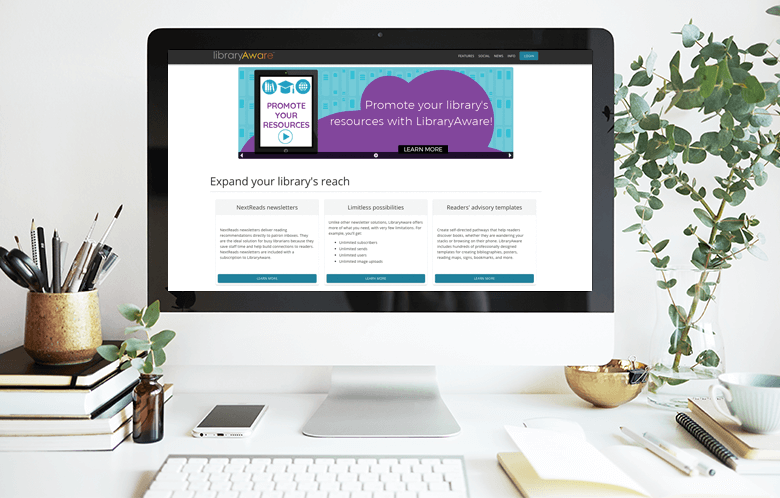In the spring of 2021, I had the opportunity to present at the Texas Library Association alongside my NoveList colleague, Yaika Sabat, and two librarians from the Harris County Public Library (HCPL) in Houston, Texas, Linda Stevens and Nikki Shaw. Our panel presentation, titled Reading Against Racism: Equity, Diversity, and Inclusion Initiatives in Readers’ Advisory, highlighted the importance books and reading play in shaping how we think about the world.
Libraries have long been considered neutral territories. In library school, we’re taught to not give our personal opinions on readers’ book choices. Library meeting spaces are open to all, as long as people abide by library guidelines. Libraries continue to be one of the only places where people can linger without any expectation of needing to spend money. Intellectual freedom remains paramount to the core mission of libraries.
While all these sentiments remain true, that doesn’t mean libraries and library staff are impassive bystanders to world events. Libraries play an active role in reflecting and shaping the communities they serve. Below are three steps you and your library can take to ensure you’re taking into consideration historically underrepresented people at your library.
Intellectual freedom remains paramount to the core mission of libraries.
Intellectual freedom remains paramount to the core mission of libraries.
- It’s important to take a close look at your libraries’ collections, programs and services and consider if they are as diverse and inclusive as they should be. One way to do that is through a diversity audit. Diversity audits can be done in different ways, but the goal is to get a clear picture of where there are inequities in what you’re offering to your community. Many people know about (and have conducted) audits of their collections, but don’t stop there. If you offer programs, examine which speakers you are inviting, the types of books you are choosing for book clubs and story times, how and where you are advertising these programs. Look at the book lists and displays that you are creating. Are they representative of an inclusive array of backgrounds, perspectives and experiences?
- After the audits are completed, creating guidelines and policies to ensure equity and inclusion will help staff and stakeholders measure whether their efforts are making a difference to the overall picture. Make goals to incorporate a certain percentage of underrepresented voices in every book display or booklist you offer. When you have the cold hard numbers from the audit, set goals on areas to expand your collection or increase program offerings.
- I like to also encourage library staff to not only think about diversity from an institutional perspective, but from a personal level. We all have our personal biases and our own experiences which influence how we see and understand the world. Reading about other identities, perspectives and experiences is one of the best ways to become more empathetic to others. My favorite way to diversify my own reading is to undertake a reading challenge. Reading challenges are readily available all over the internet and a new slate will pop up as we approach the end of one year and begin the next. Reading challenges help any reader stretch out of their comfort zone and experience new perspectives. We even created one at NoveList for you!
The concepts of equity, diversity and inclusion are much larger than what I touched on here. But these three steps are a good place for you and your library to start (or continue the work you’ve already started) to ensure a safe and inclusive space for your entire community.



